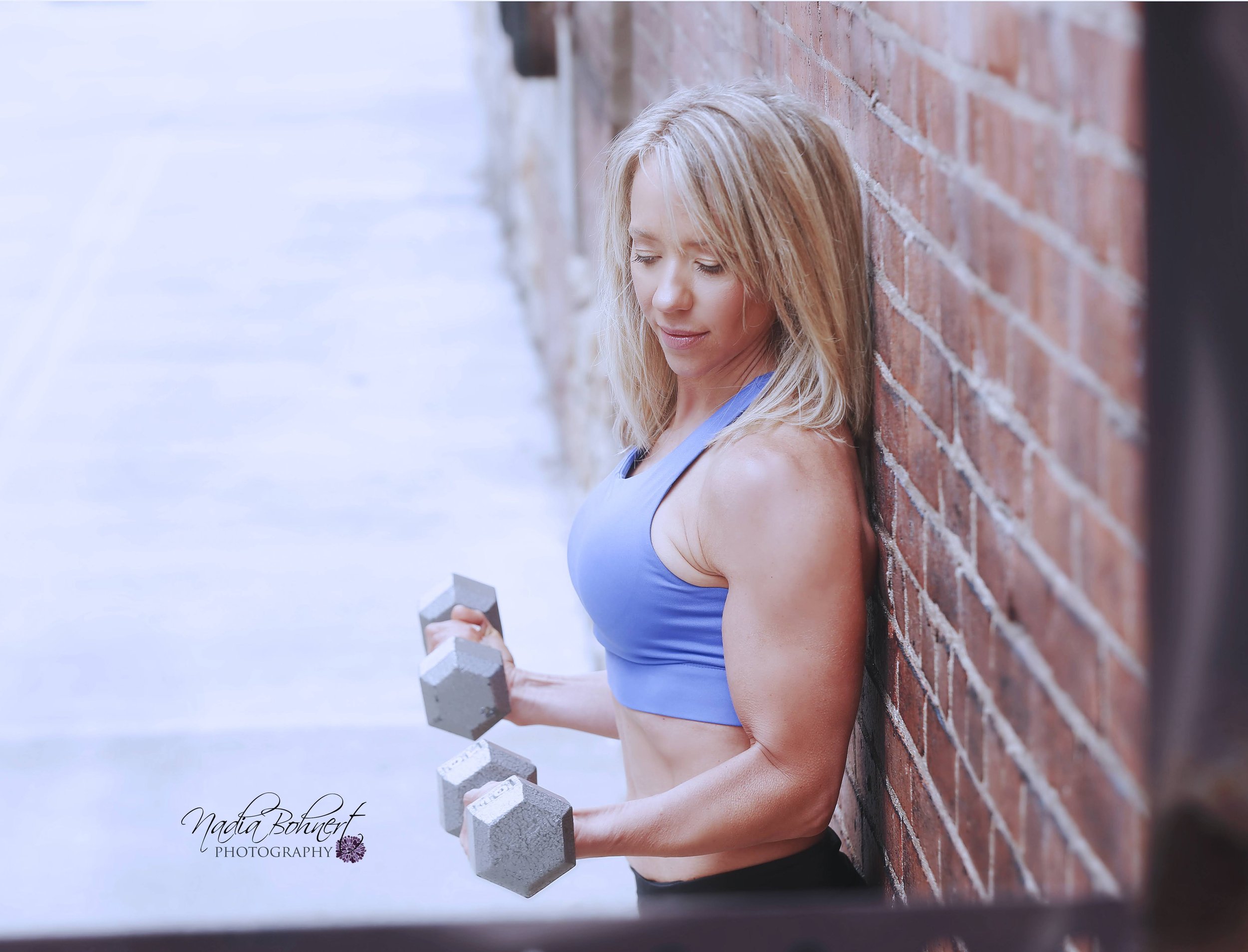Strength Training for Beginners
Okay, so you KNOW you are “supposed” to be resistance training. But how do you begin? And yes, you know keep hearing that’s its good for you, but what specifically are the benefits again? Why can’t I just do some cardio, eat low carb, and call it good? Those things are healthy too, right? Well...kind of, but we can tell you that weight training will offer you benefits beyond what simply being active and controlling your food intake will. We dive into some of these benefits and also discuss how to get started, even if you are a complete beginner.
Why should I strength train?
The benefits are endless. We would go as far as saying strength training is the fountain of youth! If you want to look good, feel good, prevent injury, and just be healthier overall, strength training is the best thing you do can for yourself.
Aesthetics
First, there are the aesthetic benefits, which are often what drive people to begin strength training in the first place. There is truly only one non-surgical way to change the SHAPE of your body and that is by building muscle. Sure, if you lose a few pounds by controlling your diet and/or getting in more activity you will be smaller. But your shape will not drastically change...you will just be a smaller version of what you were before.
Although it is hard to wrap your head around, most women would look better by ADDING 5lbs of muscle to their bodies than they would by losing 5lbs of fat. Want a smaller-looking waist? Build up your lats, shoulders, and glutes. Want a perkier booty? Build up all angles of your glutes. Nothing beats strength training if you want to sculpt a toned and tight physique!
Metabolic Health
When it comes to speeding up your metabolism, strength training is one of the top two things you can do to get your metabolism firing. (The other is dialing in your nutrition and making sure you are eating enough, which you can read about more in detail HERE.) If you want a faster metabolism at ANY age, one of the best things you can do is to add muscle to your body. And the easiest way to do that is by strength training. Essentially, adding more muscle to your frame will allow you to maintain your body weight while eating MORE. Muscle is more metabolically active than fat and allows you to burn more calories throughout the day, even while you are at rest.
Bone Health and Injury Prevention
Bone health is likely not something you thought about when you were younger. But as we age, our bones will become more brittle if they are not getting a lot of weight bearing activity. Strength training will not only make your muscles stronger, but is also proven to strengthen your bones. If you want to stay active and injury free into your golden years, start strength training NOW...no matter what your age is. You can get some minimal bone density benefits from doing cardio, but strength training is far superior when it comes to protecting your bone mass.
What should I do if I’m sore from strength training?
If you are new to strength training, you are likely to be very sore after your first few workouts. Luckily, our bodies adapt very quickly to strength training. After just a few weeks, you should experience MUCH less soreness than you did in those initial weeks. However, there are some things you can do to help with the soreness you might be experiencing if you are just starting out.
1) Make sure you are not working the same body part two days in a row. A complete beginner can shoot for two full body workouts spaced a few days apart throughout the week OR they could start with one lower body and one upper body workout per week.
2) Take a walk! Easy, low impact activity will help your muscles work out the lactic acid.
3) Take an Epsom salt bath.
4) Remind yourself that this WILL get easier and soreness will occur much less frequently and intensely. It is not true that you have to be sore in order to be making progress. Someone who has been lifting consistently for years is likely not going to be experiencing as much soreness as a beginner. However, that does not mean that the more advanced lifters is not still getting all of the benefits from lifting. They are still progressing in their strength and muscle building despite not experiencing that same level of soreness.
What strength training exercises should I do?
When it comes to designing an effective and efficient strength training program, you want to focus on the “big” muscles. The “big” muscles that we are referring to include the glutes, hamstrings, quadriceps, lats, and shoulders. It is much more effective to design a program around things like squats, lunges, pullups and bench press as opposed to focusing on things like bicep curls, tricep kickbacks, and banded glute raises. Additionally, these “big muscle” exercises also work some of the smaller muscles as well. For example, a pullup works your biceps in addition to your lats. A bench press works your triceps in addition to your chest. Some of our favorite exercises are squats, lunges, shoulder presses, bent over rows, bench presses, and pullups.
Pro tip: skip the thirty-minute ab workout routine. This is a waste of your time. Your path to a six pack is by getting lean overall, which starts in the kitchen with nailing your nutrition and ends with working the large muscle groups identified above.
How do I keep making progress?
So once you get past that beginner phase of strength training, how do you keep progressing? If you are utilizing the principles of progressive overload, you can continue to progress, in theory, forever. Progressive overload just means that you are trying to lift more very gradually over time. “More” can mean more reps with the weight same OR it can mean using a heavier weight (but maybe doing less reps with that weight). Even if you continue doing the same exercises for years (I personally haven’t really changed up my lifting routine for over a year...but I’m still getting stronger) you will continue to make progress in your strength and muscle-building efforts as long as you follow the progressive overload principles. (Keep in mind that you should NEVER sacrifice good form just to lift heavier or complete more reps. This will just set you up for injury and will likely not even work the muscles you are intending to anyway.)
Let's discuss what progressive overload looks like in practice. Let’s say you are brand new to weight training. You start out by doing a shoulder press with 5lbs dumbbells. Let’s say you are able to do 12 reps with good form with those 5lb dumbbells in your first strength training session. After a couple of weeks go by, you likely will have gotten stronger and those 12 reps should feel much easier now. Maybe you progress by upping your reps to 15 while still using those 5lb dumbbells. Another few weeks go by and now even 15 reps feel easy. You might progress next by upping the weight to 10lb dumbbells. These feel heavier and you are only able to do 8 reps. A few weeks after that, the 8 reps feel easier again and you increase your reps to 10 using those 10lb dumbbells. That’s progressive overload. It will definitely taper off and once you are years into your strength training journey, the increases will be much smaller and less frequent, but the goal is to always be progressing towards lifting a bit more over time.
Pro-tip: you do not need to “confuse” your muscles by switching up every workout. If a trainer or exercise regimen promotes “muscle confusion” - run the other way (and then you’ll at least get a little HIIT cardio workout in, which is probably more beneficial than a resistance training program designed to confuse your muscles).
So there you have it! If you want to get healthier, build a tighter physique, sculpt your body, protect your bones, and just feel better, pick up some weights and get lifting!
Let us help you boost your metabolism! Book a free strategy call —or email We’ll set up a 15 minute call to discuss your goals and dieting history and help develop a customized plan that allows you to eat more (really!). We’ll also talk about how you can exercise to build calorie-burning muscle. The Couture Coaching Team wants to help you create a body you love—for life!
Want more metabolism-boosting ideas?
*Join our private Facebook Group (Boost Your Metabolism After Age 30)
*Listen to our podcast
*Follow us on Instagram
*Get our free video on how you can increase your metabolism
Click the links below to learn more about our programs:
*self-paced Master Your Metabolism Online Course.



